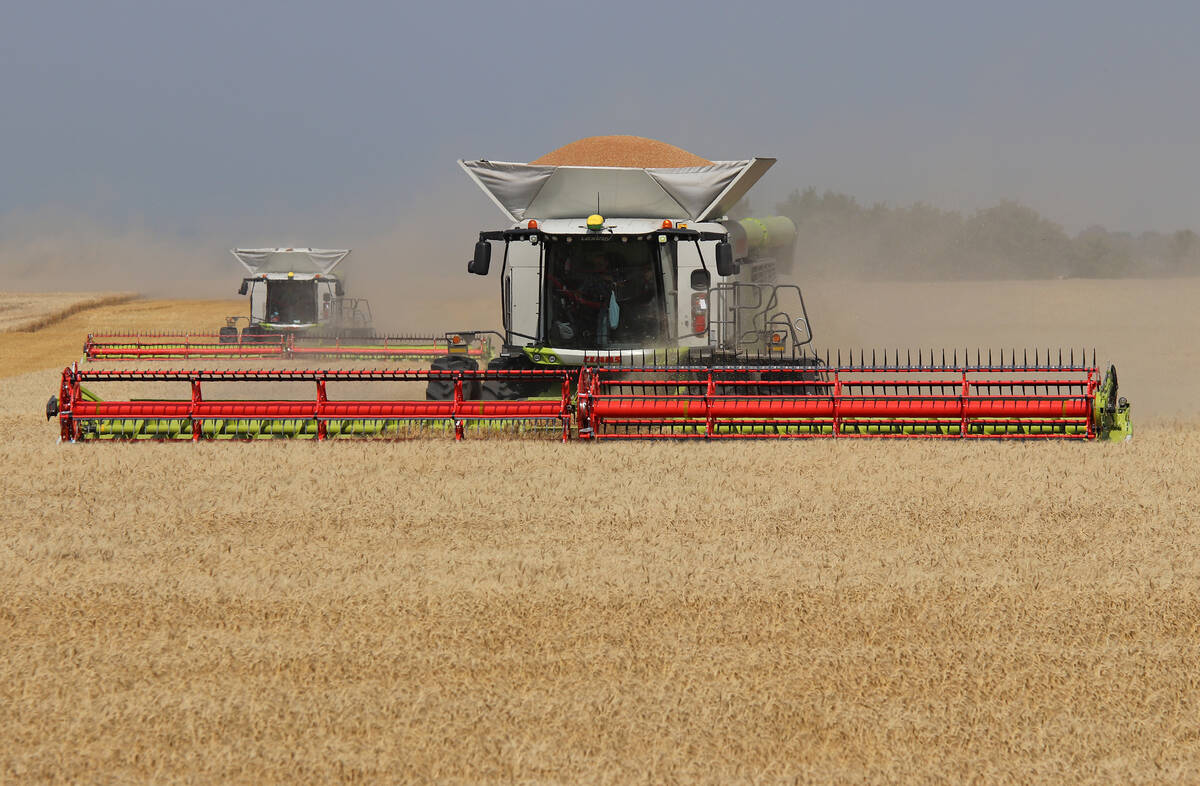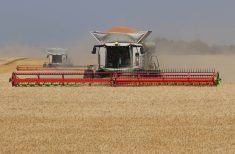ICE Futures Canada plans to offer options contracts for canola for every month of the year starting Sept. 26, providing more flexibility for farmers pricing crops and for speculators looking for capital gain potential.
Currently options contracts are available for the five months of the year with a futures contract (January, March, May, July, November). The introduction of serial options, outlined in ICE’s Aug. 22 notice to participants at right, is expected to open up additional opportunities.
While most farmers are familiar with the futures market, the options trade does not often get the same attention.
Read Also

Argentine farmers bag last fields of a dream wheat season
With only a few hectares left to harvest, Argentina’s wheat production is expected to exceed the country’s record wheat harvest of 22.2 million tons for the 2021/22 season by up to 25 per cent, according to official data.
The key difference between futures and options are that futures are an obligation, while options are a right, not an obligation, for a buyer to exercise a position in the market.
“But you pay for that right,” said Steve Teller, manager of the regulatory division at Winnipeg-based ICE Futures Canada.
What one pays — that is, the option premium — is basically intrinsic plus time value, he said. In other words, it’s the price the market places on the likelihood of that option being “in the money” before it expires.
The price premium paid for the option becomes the total value at risk for the option buyer — thus allowing a buyer to still participate in the upside potential of the futures market, in the case of a “call” option, or realize value gain as the buyer of a “put” option, should the underlying market decline.
Options are quite literally an “option” to take a certain position in the market at an agreed-upon strike price, with the decision to exercise the option falling to the discretion of the buyer at that established strike price.
In the case of serial options, an October option on a November futures contact has one less month to reach a particular value — which means market participants looking for shorter-term protection will not need to pay as large a time value for the earlier expiring option.
Calls and puts
A “call” option is the right to buy, while a “put” option is the right to sell at an agreed upon strike price. For example, purchasing a November $580 call would give the buyer the right to buy the underlying futures at $580 per tonne, on or before the expiry date.
If the futures price (currently at around $550) goes above the call strike price, then the option would have intrinsic value, and the buyer could exercise that option. If the buyer exercises the right to buy futures at the strike price, the seller must sell them the futures at the option price.
On the other side, the seller of the option is trying to assess the risk profile, asking “What’s the likelihood of that option being ‘in the money’ prior to expiry?” Teller said.
“The best scenario for an options seller is that the price stays out of the money until expiry, which means the seller collects the entire premium.”
Other than transaction fees and margin calls, there are no additional fees associated with futures trading — but with options, a premium is paid for that flexibility.
For speculators, the options trade is similar to the futures, but for hedgers, the added benefit of options is that they allow the hedger to quantify their risk, said Teller.
“If you have a broker already, be open to a discussion on options, because depending on your situation it may be beneficial to you,” said Teller.















